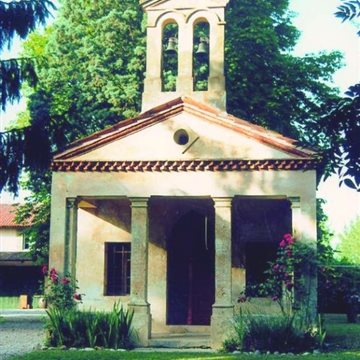 Lorenza Cesaratto
Lorenza Cesaratto
Aquileia, a treasure chest
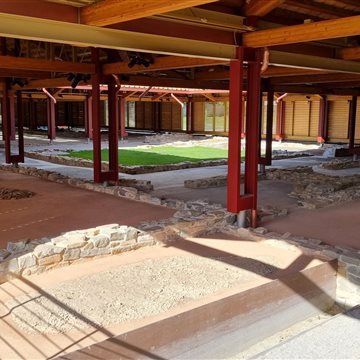



Once again, the arrival at Stremiz, along the little road that climbs from Faedis, is heartwarming. The old hamlet, rebuilt after the earthquake of 1976, nestles in and is almost swallowed by the woods, and welcomes me silently, opening the door into an ancient world and taking me back to my childhood when I used to visit my grandfather who lived in the old stone house in the woods above Magnano in Riviera. But that house is gone. These are still there. And I can breathe the same air.
Roberto meets me with the same cordiality. He called me to “talk about wood” to his students. “The lesson takes place in the woods, where we are rebuilding the old mill.” Roberto is a famous and very good architect, but when I look at his calloused hands, grubby trousers and car full of mud and all kinds of tools, I think all architects should be like that. They should know how to build. With their hands. He in reality “rebuilds” and in the same way as in the past. He is restoring the splendid castle of Cucagna with the same construction techniques as used in the Middle Ages. And he teaches these. He teaches young people from all over the world how to restore a centuries-old wall, how to make lime, how to become “masters of the hatchet”, how to split a tree starting from the trunk. And he called me to explain to these young people from throughout Europe, which wood is best, when to harvest it, how to use it.
We take the along a forest track. “Here we are, that’s the old mill. We’re restoring the steps and the bridge”. Below me, the old and perfectly restored mill stands on the banks of the Grivò torrent on a small plateau. The building has stone and lime walls, and the roof is of stone slabs. The path has chestnut and acacia poles to facilitate the walk. I draw nearer, amazed. I look at the bridge in acacia trunks stripped of their bark. “Here you see, we need to nail them to the beams. We're making the nails”, says Roberto, serenely, as though this were the most natural thing in the world. “What do you mean, you’re ‘making the nails’?” “Of course, nails used to be made of wood, so I’m teaching the kids how to make them. Then with these nails we’ll fix the posts to the beams and it’ll all be ready”.
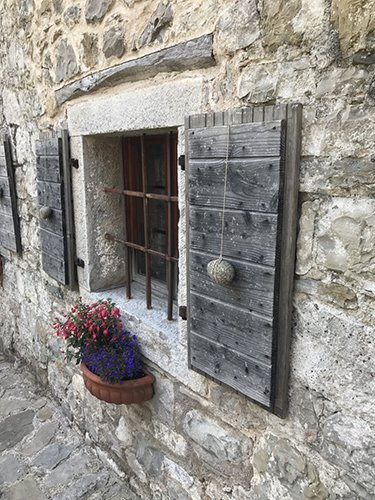
Wooden nails in 2017: it seems incredible, almost a dream. But I have seen Roberto do some incredible things over the years. Under the green branches, outdoors, I hold my lesson on trees and wood fibres, on how they are cut and when it is best to use them. The youngsters listen carefully and in the break we become friends and I challenge them on a run along the trunks. Of course they win! But the surprises are not over. “Come and see the torrent. To avoid having no water during droughts, the original workers dug some small basins and built wooden locks”. Roberto shows me the holes in the ancient poles, the carved rock walls, the limpid mirrors of cold water reflecting the shady leaves. I think of the sweat and the passion of those men of the past. Of their work. Of the work of this architect with a capital A. Of his passion. And his hard work. His confidence in youth and in the future. Of his stubbornness in wanting to pass on a piece of history and ancient craftsmanship. The magic of this enchanted valley. Its elves and fairies. Beneath the rocky bridge, the noise of the water tells old stories, fairy tales and legends.
Find out about the ideas and offers for this experience in Friuli Venezia Giulia

 Lorenza Cesaratto
Lorenza Cesaratto

 Giovanni Morassutti
Giovanni Morassutti
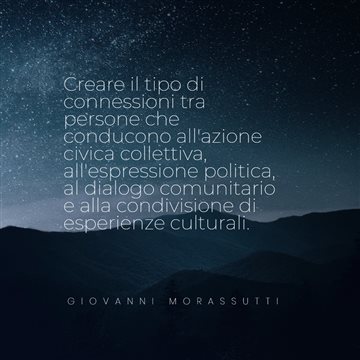
 Giovanni Morassutti
Giovanni Morassutti
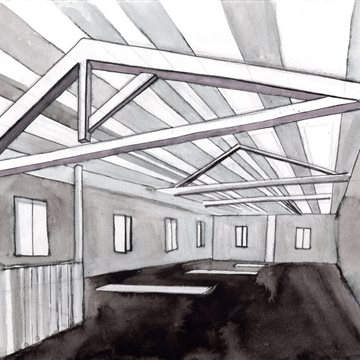
 Giovanni Morassutti
Giovanni Morassutti
